
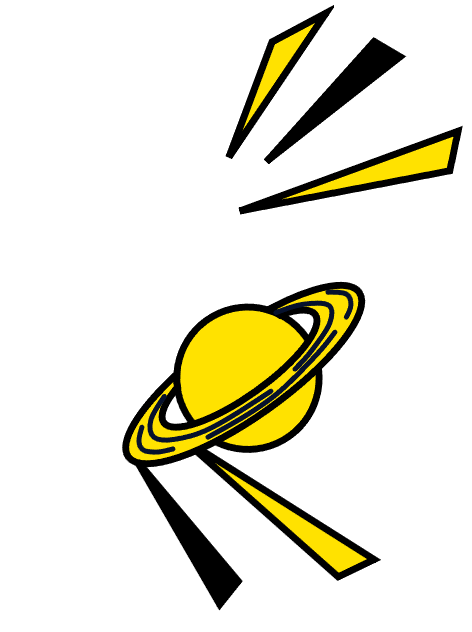
Xenobiology
Solution
Note that some parts of this puzzle are written in strange glyphs. Throughout the Captain's Office round, we will need to deduce the meaning of the glyphs from context and realize these are in a constructed language with its own vocabulary, grammar, and number system. The language is called Blobbish, and it is used by an alien race called the Podomorphs, who Captain Houston has been communicating with.
Here is a full guide to the Blobbish language: A Primer on Blobbish for Earthlings, but note that it may contain spoilers for the entire round.
This crossword consists of sets of related clues. As hinted by the title, each clue set refers to an animal or biological term, as well as punny variants of that word. The clue marked with an asterisk goes into the crossword grid. To aid in solving, the categories are sorted in alphabetical order by their canonical answer.
The clues and answers are given below, with the translated glyphs highlighted:
| Across | Answer |
|---|---|
| Aquatic salamander (7) | AXOLOTL |
| Smol aquatic salamander (7) | AXOLITL |
| *Un-aquatic salamander (7) | AXONOTL |
| One who mostly eats meat (disjunctive) (9) | CARNIVORE |
| One who mostly eats meat (conjunctive) (10) | CARNIVANDE |
| *One who mostly eats meat (exclusively disjunctive) (10) | CARNIVXORE |
| Bellicose flightless bird (9) | CASSOWARY |
| *Nonviolent flightless bird (11) | CASSOPEACEY |
| Positively charged ruminants (6) | CATTLE |
| *Negatively charged ruminants (5) | ANTLE |
| Bad waterfowl (7) | MALLARD |
| *Good waterfowl (7) | BENLARD |
| Third seasonal movement from one region to another, when sung (9) | MIGRATION |
| Fourth seasonal movement from one region to another, when sung (9) | FAGRATION |
| *Fifth seasonal movement from one region to another, when sung (10) | SOLGRATION |
| Children or progeny (warm) (9) | OFFSPRING |
| Children or progeny (hot) (9) | OFFSUMMER |
| Children or progeny (cool) (7) | OFFFALL |
| *Children or progeny (cold) (9) | OFFWINTER |
| Distant journey over land (6) | SAFARI |
| *Close journey over land (7) | SANEARI |
| Feral insect (8) | WILDEBEE |
| *More feral insect (9) | WILDEBEER |
| Most feral insect or bovid (10) | WILDEBEEST |
| More bovid (12) | WILDEBEESTER |
| Most bovid (13) | WILDEBEESTEST |
| Down | |
| Little mammal wearing bracers (9) | ARMADILLO |
| *Little mammal wearing greaves (9) | LEGADILLO |
| Flower or country of roads (9) | CARNATION |
| *Country of airports (11) | PLANENATION |
| Country of canals (10) | BOATNATION |
| Operational long-necked bird (5) | HERON |
| *Inoperational long-necked bird (6) | HEROFF |
| *(4) Declaration that I own animals raised on a farm (8) | IVESTOCK |
| (5) Author Schwab's animals raised on a farm (7) | VESTOCK |
| (10) Inert gas animals raised on a farm (7) | XESTOCK |
| (50) The French animals raised on a farm (7) | LESTOCK |
| (54) Animals raised on a farm (9) | LIVESTOCK |
| First-place flower (8) | MARIGOLD |
| Second-place flower (10) | MARISILVER |
| *Third-place flower (10) | MARIBRONZE |
| Feeder of multicellular division of the animal kingdom (3) | ZOA |
| Multicellular division of the animal kingdom (7) | METAZOA |
| *Capstone of multicellular division of the animal kingdom (11) | METAMETAZOA |
| North-south billed mammal (8) | PLATYPUS |
| *East-west billed mammal (9) | PLONGYPUS |
| Domesticated hoofed animal, when found in cellar (5) | SWINE |
| *Domesticated hoofed animal, when found in cooler (5) | SBEER |
| Fly, or limb used by one who flies victoriously (4) | WING |
| *Fly, or limb used by one who flies defeatedly (5) | LOSEG |
| Creature that lived during the Stone Age, or in the first Silo (6 7) | WOOLLYMAMMOTH (Wool, from the Silo series) |
| *Creature that lived during the Stone Age, or in the second Silo (7 7) | SHIFTLYMAMMOTH |
| Creature that lived during the Stone Age, or in the third Silo (6 7) | DUSTLYMAMMOTH |
By using the unique enumerations and crossing letters, we can slowly fill in the grid. For example, SHIFTLYMAMMOTH is the only 14-letter down clue, while CASSOPEACEY is the only 11-letter across clue, letting us fill in 4D and 19A respectively. The completed grid is below:
1 L | ||||||||||||||||||||
2 S | O | 3 L | G | R | A | T | I | O | N | |||||||||||
E | S | |||||||||||||||||||
G | E | |||||||||||||||||||
4 S | A | 5 H | G | 6 M | ||||||||||||||||
H | 7 W | I | L | D | E | B | E | E | R | A | ||||||||||
I | I | R | 8 P | R | ||||||||||||||||
F | L | 9 A | X | O | N | O | T | L | I | |||||||||||
T | L | F | A | B | ||||||||||||||||
L | 10 P | O | 11 O | F | F | W | I | N | T | E | R | |||||||||
Y | L | E | O | |||||||||||||||||
M | O | 12 I | 13 M | N | N | |||||||||||||||
14 C | A | R | N | I | V | X | O | R | E | A | Z | |||||||||
M | G | E | T | T | E | |||||||||||||||
M | Y | S | 15 S | A | N | E | A | R | I | |||||||||||
O | P | T | M | O | ||||||||||||||||
T | U | O | E | 16 B | E | N | L | A | R | D | ||||||||||
H | S | C | 17 A | N | T | L | E | |||||||||||||
K | A | 18 S | ||||||||||||||||||
Z | B | |||||||||||||||||||
19 C | A | S | S | O | P | E | A | C | E | Y | ||||||||||
A | E | |||||||||||||||||||
R | ||||||||||||||||||||
Once we have filled in the grid, we notice that there are 8 unique symbols in some crossing cells. We can deduce that they represent numbers by observing their symmetrical nature, pattern-matching with the numbers in the “animals raised on a farm” clue, or by guessing that they give an ordering on the final solution. In any case, random anagramming the indicated letters gives us the unique solution RELATIVE, and teaches us the numbers 1-8.
| Glyph | Number | Letter |
|---|---|---|
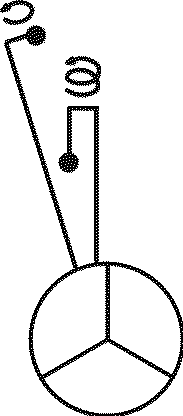 | 1 | R |
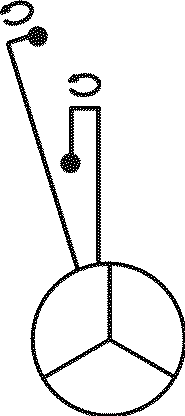 | 2 | E |
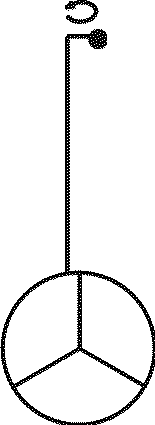 | 3 | L |
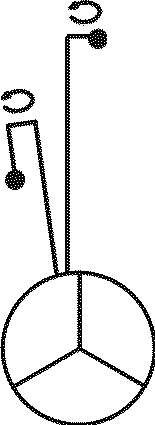 | 4 | A |
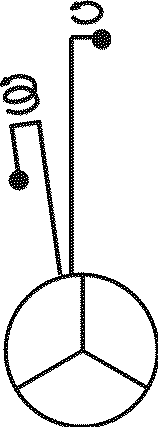 | 5 | T |
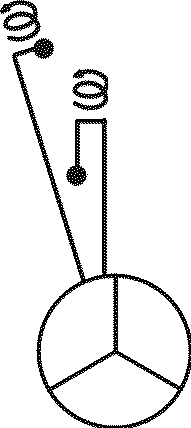 | 6 | I |
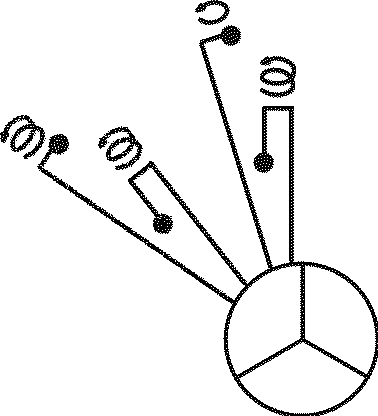 | 7 | V |
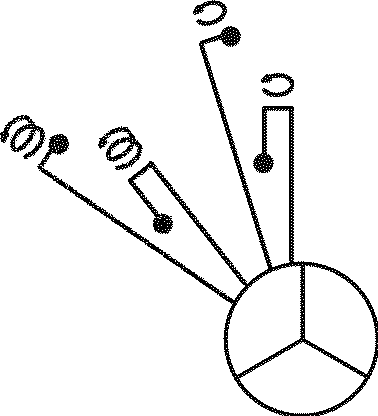 | 8 | E |